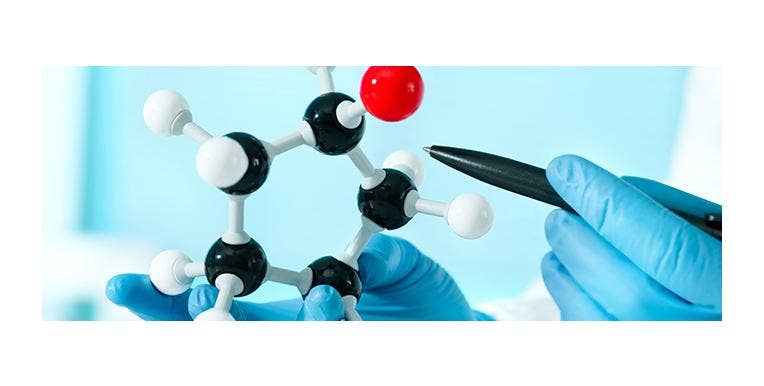What is the Difference Between Molarity & Normality?
Molarity and normality are two important and commonly used concentrations in chemistry that are measured using two different approaches. Both terms are used to indicate the quantitative measurement of a substance. If you want to determine the number of copper ions in a solution, it can be given as a concentration measurement. Molarity and normality are types of concentration measurement.
What is Molarity?
Molarity is the most commonly used method of concentration. It is expressed as the number of moles of solute dissolved per litre of solution. Therefore, the unit of the molarity is mol/L. Molarity is also known as molar concentration and is represented by “M”.
For example, a solution of 1M of sodium chloride dissolved in water has a molarity of 1M.
A number of moles of solute can be calculated by dividing mass by the molecular weight of the solute. For example, if you want to prepare a 1M of potassium sulphate solution, 174.26 g mol-1 (1M) of potassium sulphate should be dissolved in one litre of water.
What is Normality?
Normality is a measure of concentration that is equal to the gram equivalent weight of solute per litre of solution. Gram equivalent weight is a measure of the reactive capacity of a molecule*. Unit of normality is Eq/L. “N” is the symbol used to denote normality.
For example, 1M of hydrogen chloride gives 1M of hydrogen ions and 1M of chloride ions into the solution. 1M of hydrogen ions is equal to one equivalent of hydrogen ions. Therefore, 1M HCl is the same as 1N HCl, but when we take sulphuric acid, 1M of sulphuric acids gives 2M of hydrogen ions into the solution. Therefore, normality of hydrogen ions will be 2N for a sulphuric acid solution.
For further understanding of normality, we’ll take a calcium chloride solution. For chloride ions, the normality is 2N because 1M of calcium chloride yields 2M of chloride ions. For calcium, the valency is +2. So it is like calcium can take place of two hydrogen ions. Therefore, its normality is also 2.
Converting from Molarity to Normality
You can convert from molarity (M) to normality (N) using the following equation:
N = M*n
where n is the number of equivalents
To illustrate further, molarity and normality of some acids and bases are given below:


*Gram equivalent weight is determined by the amount of an ion that reacts, which could change depending on the reaction. Normality is not so straightforward as it will have different meanings depending on what you are dealing with:
- In acid-base chemistry, normality is used to express the concentration of protons (H+) or hydroxide ions (OH−) in a solution.
- In redox reactions, the equivalence factor describes the number of electrons that an oxidizing/reducing agent can accept/donate.
- In precipitation reactions, the equivalence factor measures the number of ions which will precipitate in a given reaction.


